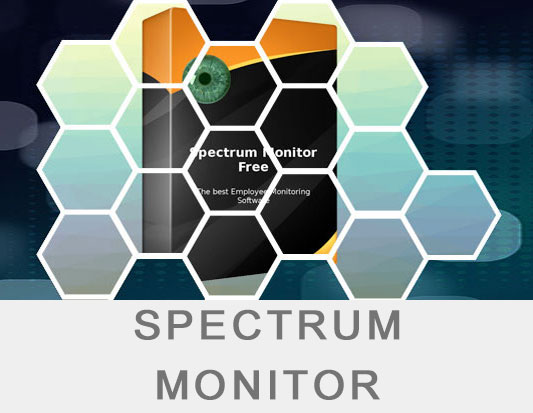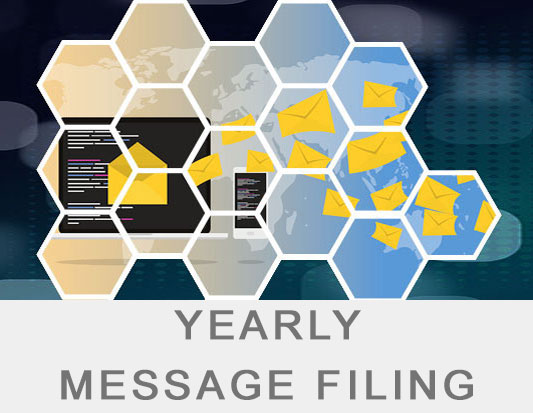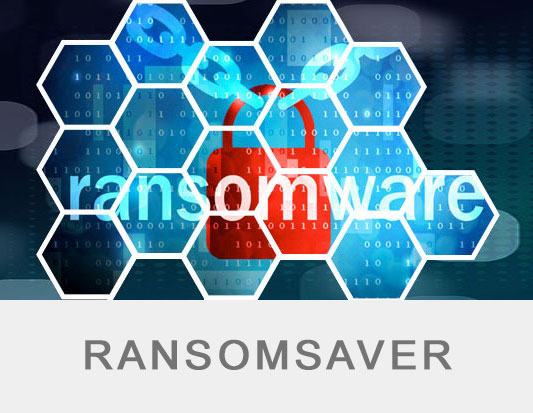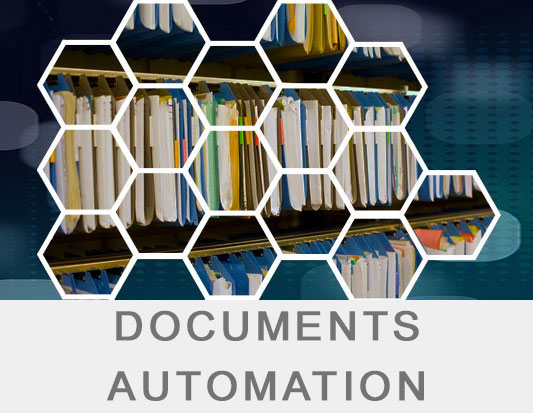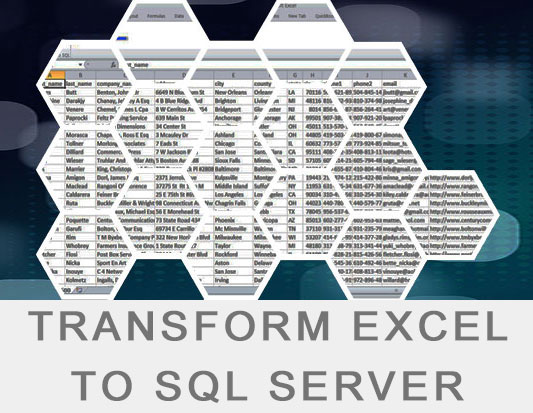
23 Jan Are you moving away from VMware due to the new pricing method ? – Why not test Microsoft free Hyper-V as a VMware alternative
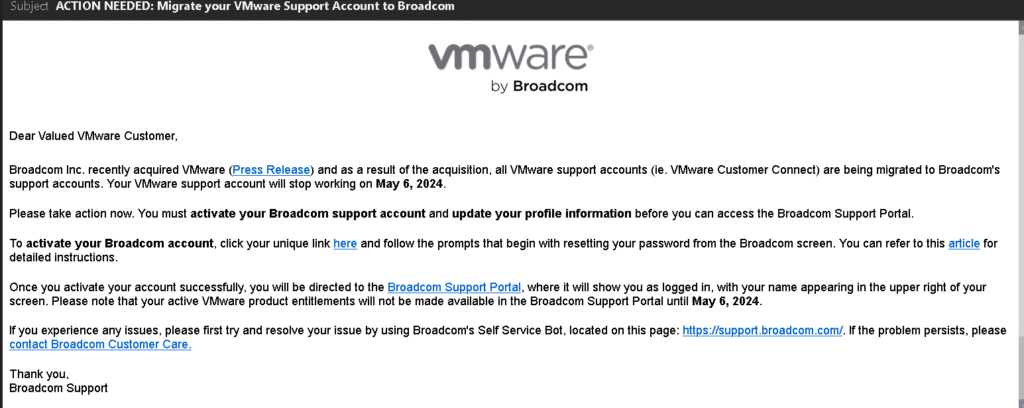
Since 2010, we’ve been using Hyper-V, starting from its 2008 version. Hyper-V essentially operates as a Windows Server Core, without a Graphics User Interface, and we deploy it as a standalone Type-1 hypervisor, separate from other Windows VM servers. This approach provides a layer of security, as it effectively “hides” the Hyper-V from the virtual machines (VMs) in operation. In the event of malware or a hacking incident, this separation allows for quick restoration of services.
An incident involving a supply chain attack, specifically ransomware, occurred on a client’s server early Saturday morning. By Sunday evening, we had successfully resolved the issue and restored normal operations just by restoring from the Hyper-V replica VM.
Our application of Hyper-V is on-premises, providing to our own clients for business needs. It efficiently supports small office environments with user bases ranging from 10 to 200 (not that it cannot provide for more of course, depending on your hardware), running both Windows and Linux VM Servers. On local Server disks or on SANs. Our larger VM is a 4TB Windows Server.
Hyper-V has been freely available up to its 2019 version (read below for more), allowing users to download and install any operating system, including Linux, free of charge. We recommend using the Type 1 HyperVisor mode over the Windows server VM option (Running inside a VM). The 2019 version is set to receive long-term support, ensuring a secure solution for the foreseeable future.
For management, we utilize a free Windows application, the HyperV management tool, which can be found HERE.
Additionally, we use our own built Windows app for backups/replicas.
Microsoft also offers its own Hyper-V Management tool, though it can be somewhat complex to set up.
You can download free Hyper-V 2019 ISO from HERE.
It’s important to note that from the 2022 version onwards, Microsoft will no longer offer Hyper-V for free as a standalone ISO. However, purchasing a standard license of Windows Server 2022 grants the ability to create a Windows Server Core and add Hyper-V as a feature using PowerShell, with allowances for two instance licenses.
There are guides available online for this process. OPEN HERE for one of them.
If you are on a Microsoft environment, you will buy at least one license for your Windows Server anyways.
This feature will definetely be available for future versions, as Microsoft sticks to backward compatibility. It just makes our lives harder, so to buy another solution instead 🙂 (Azure solutions)
Our experience with the 2022 version has been positive, both on an AWS bare metal instance and on a physical server. This strategy should enable us to utilize the latest versions of Hyper-V well into the future.
Back in 2013, we created a replication setup using Hyper-V for a client, involving two identical physical servers. The main VM was replicated every minute to a live standby server, even sharing the same IP address. In a live demonstration, I unplugged the main server, and within a minute, the VM was seamlessly running on the standby server, all at zero software cost.
Recently, we created a Zimbra free (open source) collaboration email server (instead of using MS Exchange Server), running on Ubuntu 20.4LTS on a Hyper-V 2019 Type-1 hypervisor. This allowed us to provide a reliable and zero cost-effective solution to our client.
While VMware offers more options for the large enterprizes, for small businesses and engineers seeking cost-effective, customized solutions, Hyper-V stands out as a robust and future-proof choice in our opinion.

